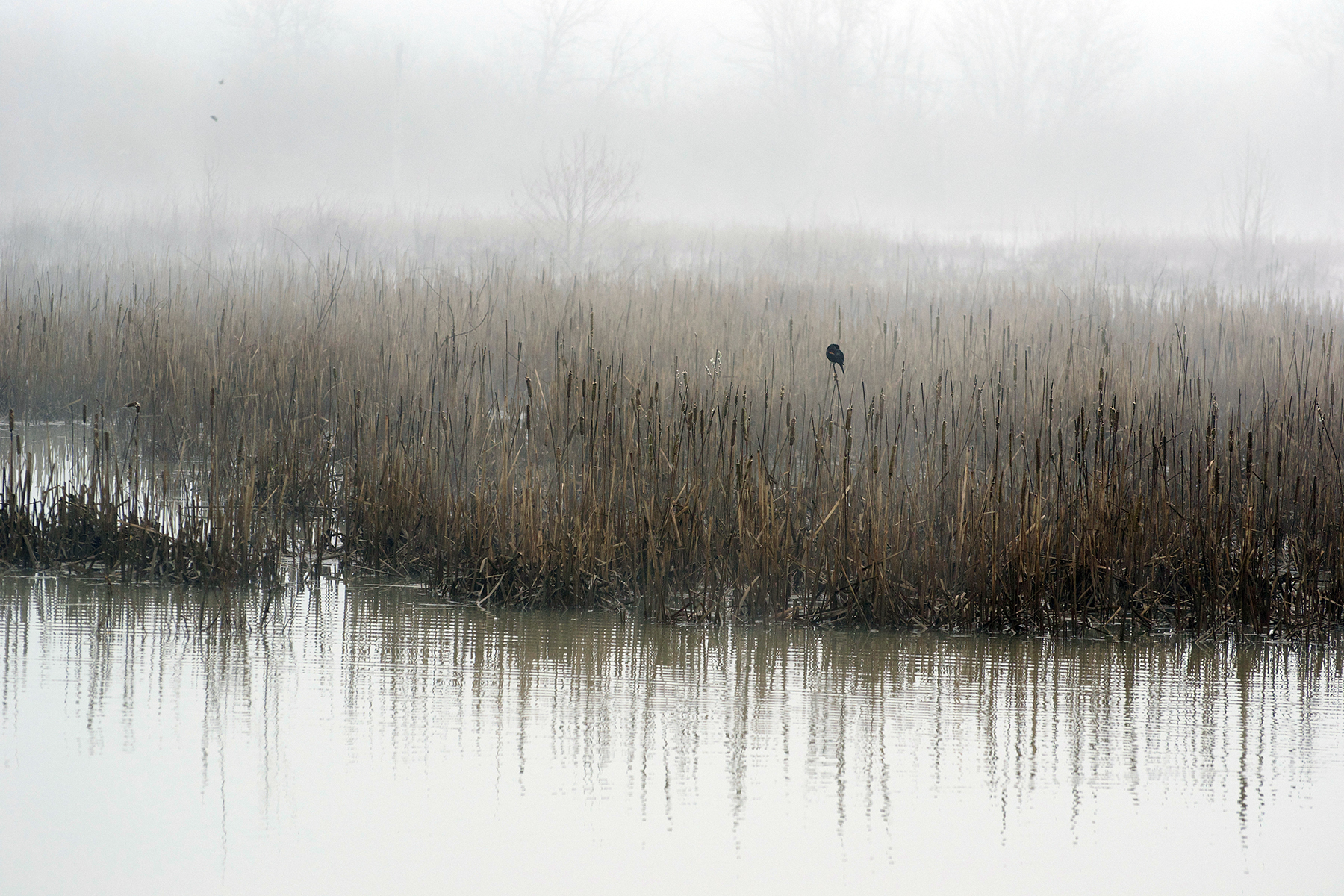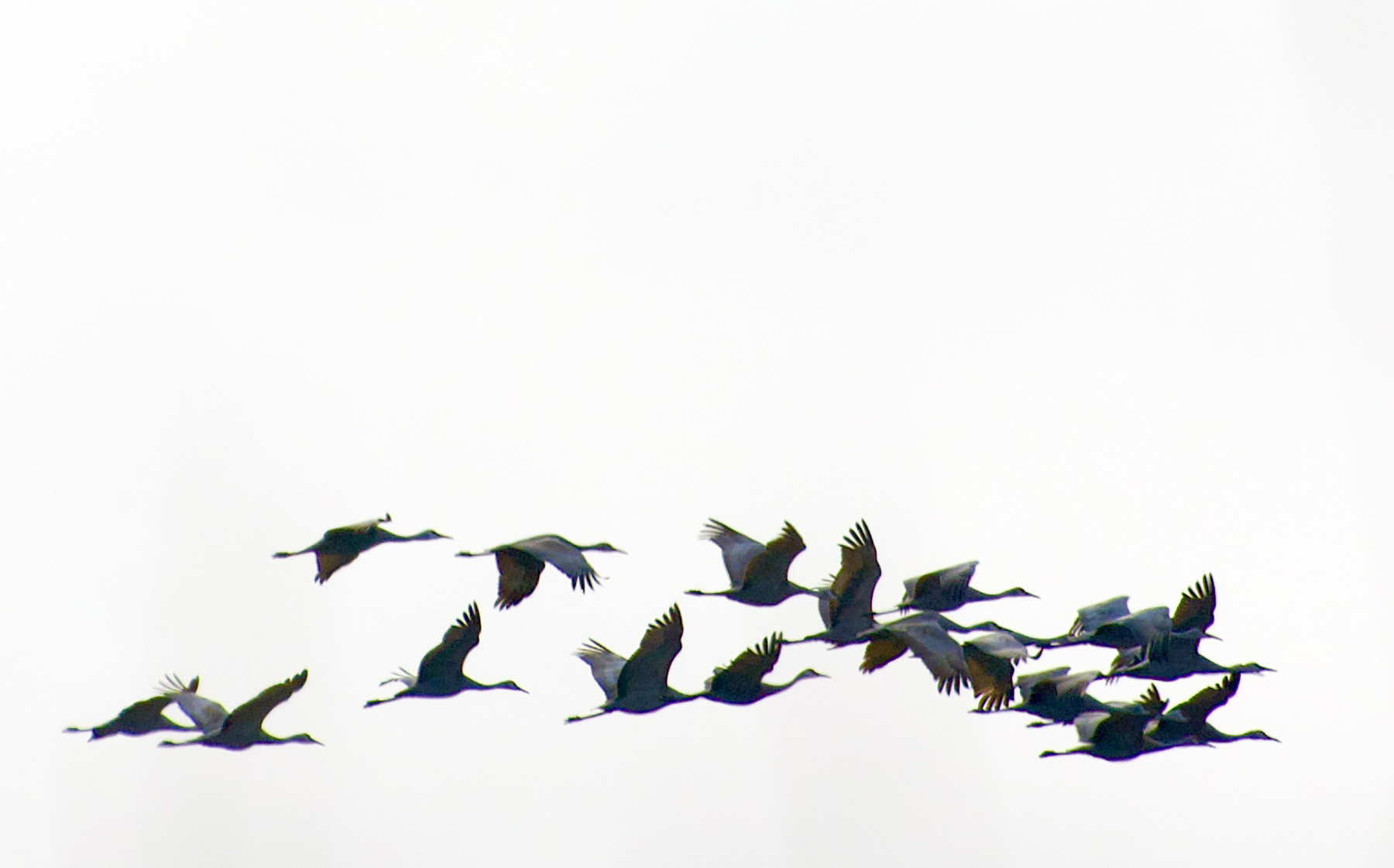A perceptive friend remarked that I have been offering much contemplation on nature when not writing about the larger art projects across the last months. It is true, I have been using nature to distract myself from politics, the relentless onslaught of bad news, piling up like yesterday’s clouds, pictured below.

So it was yesterday when I hung out with a number of ospreys. Or so it was supposed to be. Alas, the politics refused to leave my head. While the birds circled, hunted, tended to their brood, I thought about how the accumulation of shootings not only numbs us, but makes the average citizen more eager for strongman or authoritarian protection. The repeated shocks drive the last ones away from our attention, to be replaced by the newest massacre.

Remember the supermarket shooting in Buffalo, mid-May? The school shooting in Uvalde, some weeks back, now Highland Park during the 4th of July parade? So far, in the U.S. this year, we have had 322 mass shootings, (defined as 4 or more dead, excluding the wounded.)
And then this:
” the shootings were “designed” to get Republicans to support gun restrictions. Here’s what I have to say. I mean. Two shootings on July 4: one in a rich white neighborhood and the other at a fireworks display. It almost sounds like it’s designed to persuade Republicans to go along with more gun control. I mean, after all, we didn’t see that happen at all the pride parades in the month of June,” Greene said.
“But as soon as we hit the MAGA month,” she continued, “as soon as we hit the month that we’re all celebrating, loving our country, we have shootings on July 4. I mean, that’s … oh, you know, that would sound like a conspiracy theory, right?”
So spouts Congress woman Marjorie Taylor Greene, conveniently forgetting that just a few years back 49 people were killed at an Orlando gay bar. This month police in Idaho foiled an attack by affiliates of a white supremacist group on a Pride celebration in a park. A scooting scare at the SF Pride Parade sent the crowd running (evidence was not found.)


And then there was the Las Vegas shooting in 2017, that killed 60 people and wounded over 400. At a music festival, not during “MAGA” month….
Kathy Fish wrote her most widely anthologized piece to date in response to that murderous act.
“It was first published in Jellyfish Review. It was then chosen by Sheila Heti for Best American Nonrequired Reading 2018 and by Aimee Bender forBest Small Fictions 2018. Variously described as a poem, flash fiction, prose poem, or flash essay/creative nonfiction, this hybrid piece has also been selected for Literature: A Portable Anthology (Macmillan), Stone Gathering: A Reader (French Press Editions), Humans in the Wild: Reactions to a Gun Loving Country (Swallow Publishing), Advanced Creative Nonfiction: A Writer’s Guide and Anthology, (Bloomsbury), and the newly released 15th edition of The Norton Reader (W. W. Norton).“

Collective Nouns for Humans in the Wild
A group of grandmothers is a tapestry. A group of toddlers, a jubilance (see also: abewailing). A group of librarians is an enlightenment. A group of visual artists is a bioluminescence. A group of short story writers is a Flannery. A group of musicians is — a band.
A resplendence of poets.
A beacon of scientists.
A raft of social workers.
A group of first responders is a valiance. A group of peaceful protestors is a dream. A group of special education teachers is a transcendence. A group of neonatal ICU nurses is a divinity. A group of hospice workers, a grace.
Humans in the wild, gathered and feeling good, previously an exhilaration, now: a target.
A target of concert-goers.
A target of movie-goers.
A target of dancers.
A group of schoolchildren is a target.
by Kathy Fish



I have no use for conspiracy theories, from any faction. The facts speak for themselves. The number of available guns needs to be reduced. Gun laws need to be reformed, waiting periods initiated, background checks performed. Large capacity magazines need to be prohibited. Politicians need to be prevented from benefiting from lobbyists’ largesse. As long as we do not acknowledge these facts, children remain targets. Or their parents. Or anyone else in the fabric of things.


Come on ospreys, do your thing. Distract me.
Here is a beautiful album that might do the trick.

















































































































































































































